"Aston Martin. Everybody loves the brand. The cars are beautiful. The caché is undeniable. And as the mind wanders through Aston's back-catalogue, it's amazing how diverse and noble their way of making motors is. As Aston announce the 'dynamic debut' "
25 years of the Aston Martin DB7 and Porsche 911 (993)
25 years ago, two automotive greats arrived on the scene...
Launched in 1993 the DB7 was the culmination of Aston receiving Ford’s financial muscle and TWR’s engineering know-how. Ford had bought a majority share in Aston in 1998 and TWR – also owned by Ford and who had developed the XJ-S for Jaguar – had been tasked with developing a smaller, lighter Aston, with more mass-market appeal than the previous AMV8. 25 years on and it’s safe to say the project was a success.
Widely thought to be one of the prettiest cars ever made the DB7 did share a platform with the Jaguar XJ-S but this did not dilute the experience of owning one; and ownership was now more attainable than ever, due to the competitive price point the DB7 was sold at, in relation to previous offerings from the marque.
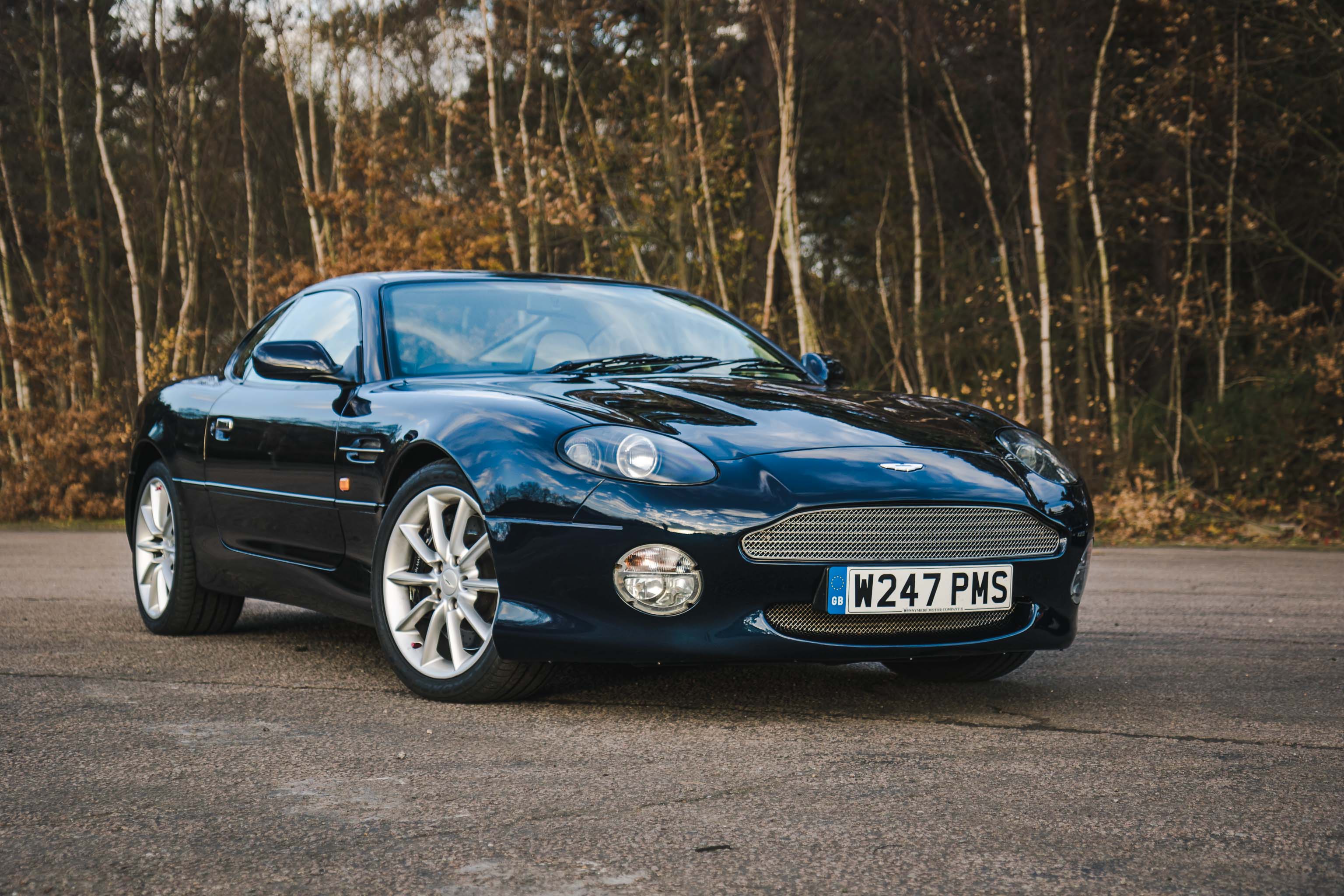
Initially offered with a supercharged 3200cc version of the Jaguar 3.6 – previously fitted to the XJS, and built by TWR – the car was quick without being truly brutal, which was in keeping with the car’s aim; to be a hugely capable GT. Some, however, felt the six-cylinder engine was not exciting enough. Martin Brewer, of the Runnymede Motor Company, Aston specialists, picks up the story, “The V12 or Vantage was introduced in 1999 and was considered by main dealers and specialists to be the car that the DB7 should have been at the outset. The 5995cc V12 engine, built by Cosworth, produces 420 BHP with masses of torque and comes in either 6 speed manual form or with an auto box with the option of tiptronic shift if preferred. It comes in Coupe or convertible (Volante) form, both of which offer fast, reliable and very enjoyable motoring.”
Brewer has extensive experience of selling the cars when new and then subsequently seeing them grow as used, and now classic, buys. He explains that in the mid 90s “we were selling them to owners who used them as everyday transport, as a more characterful option to the Jaguar XJS, in the early days, and later the XK8.”
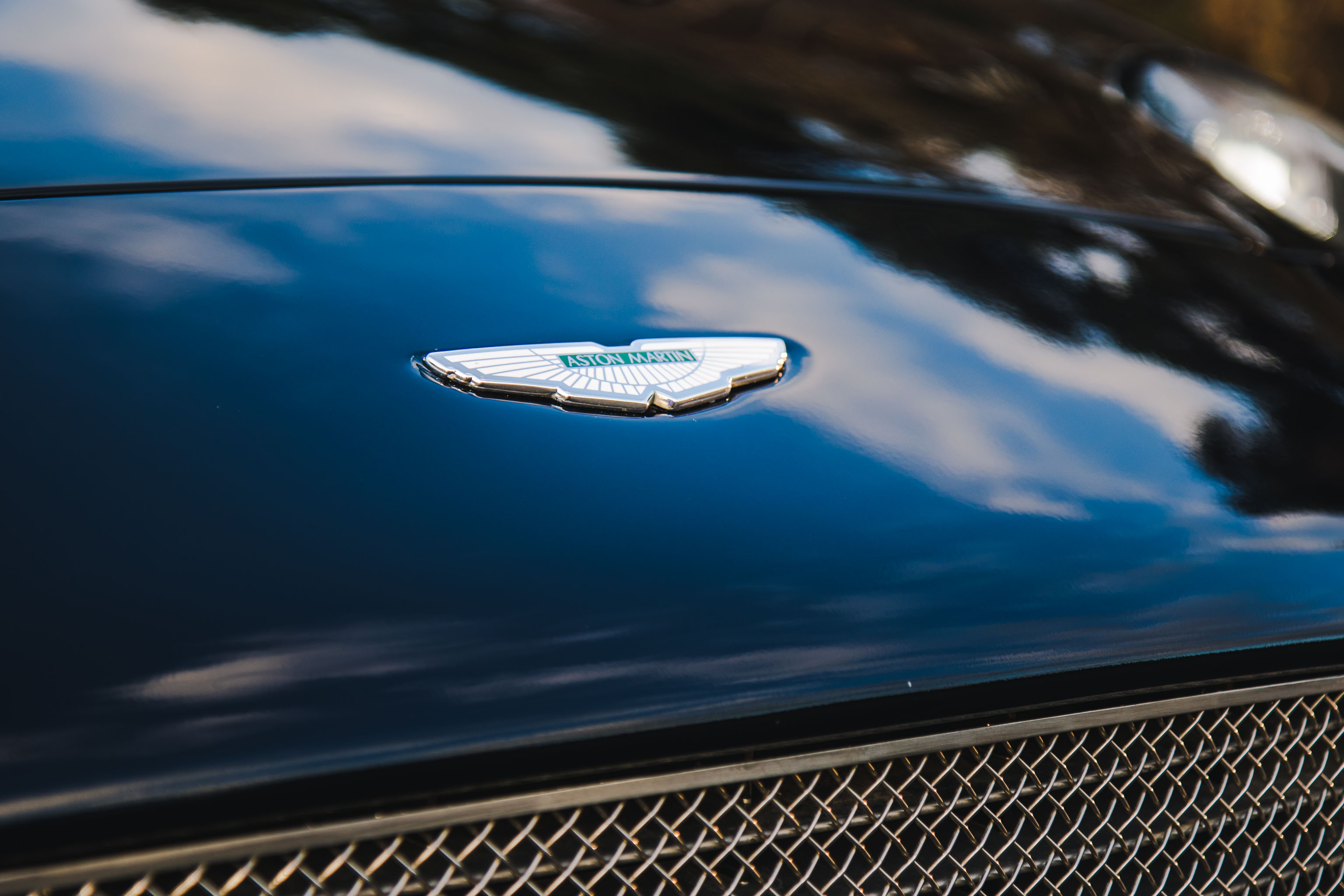
Although sold at the same time as the 993 the cars were never exactly direct rivals, as Brewer points out, “the 993 was probably slightly quicker but lacked the luxury and superior comfort always associated with Aston Martin.”
By the time the production of the DB7 had finished the Aston factory in Bloxham had turned out 7091 cars and the DB7 was considered the most successful Aston ever; it had given the company the financial stability and impetus to move into the 21st century with confidence.
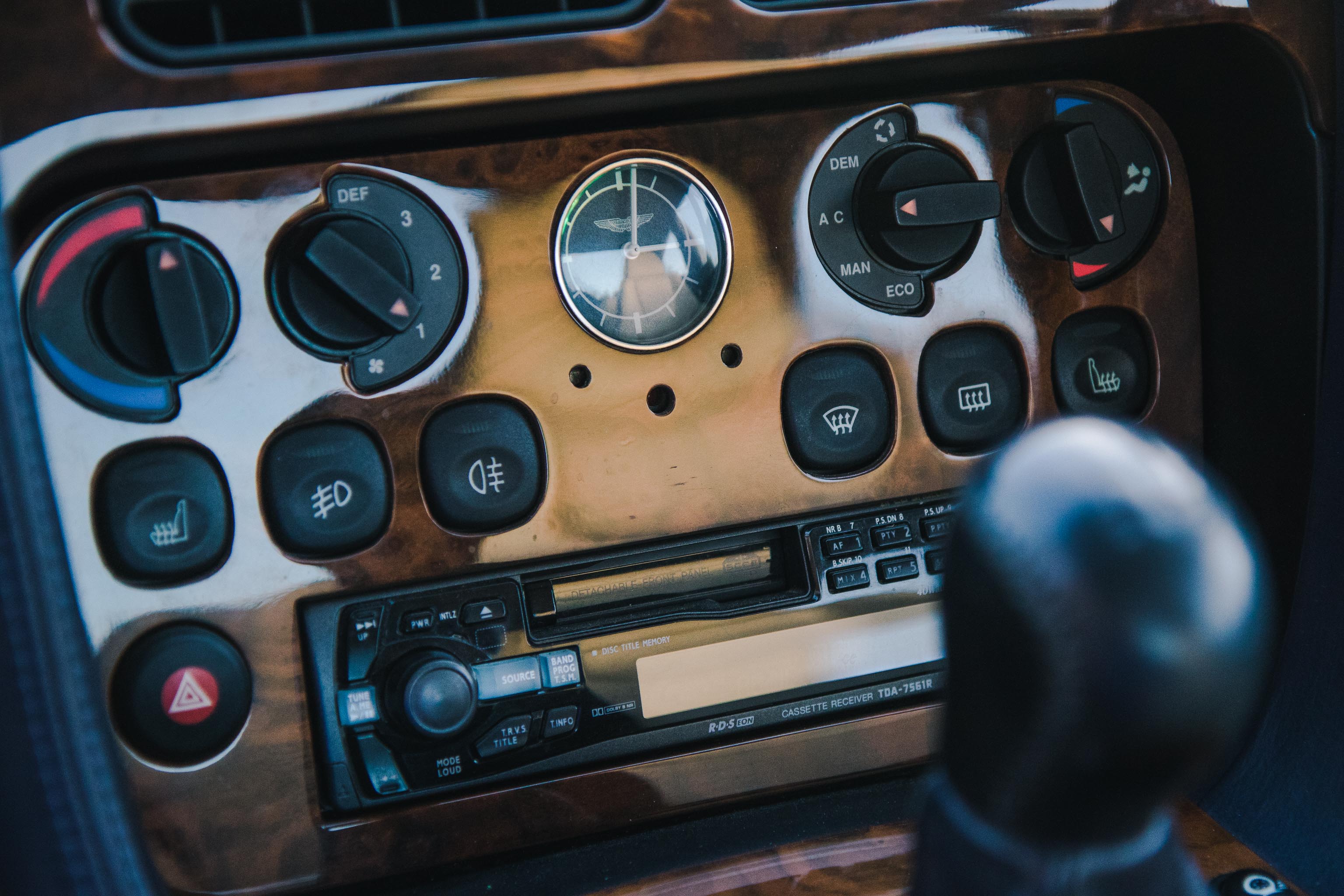
As you’d expect from a company with a Royal Warrant, the links to the Bond franchise and a rich history of motorsport, values of DB7s are on the rise, with the best now making more £45,000. The car in this film is a 2000 Vantage with almost all the options pack and is for sale with Runnymede for £34,950. There are no obvious demons but, as Brewer points out, “a good and provable service history is bordering on essential and, for cars with patchy histories a thorough inspection prior to purchase is advisable. Whilst low mileage cars will always command a premium and will be likely to hold their value, high mileage examples can frequently be found to be functioning very well and again provided that they are purchased from a reputable dealer offering a worthwhile warranty are still worth consideration.”
The same year Aston were launching one of the most beautiful cars ever made, Porsche were updating one of the most famous cars ever made; launching the newest version of the 911, the 993. Though fitting in to the more general, gradual styling updates to the 911 family, under the skin the 993 was a dynamic departure for the German marque, being 80% new.
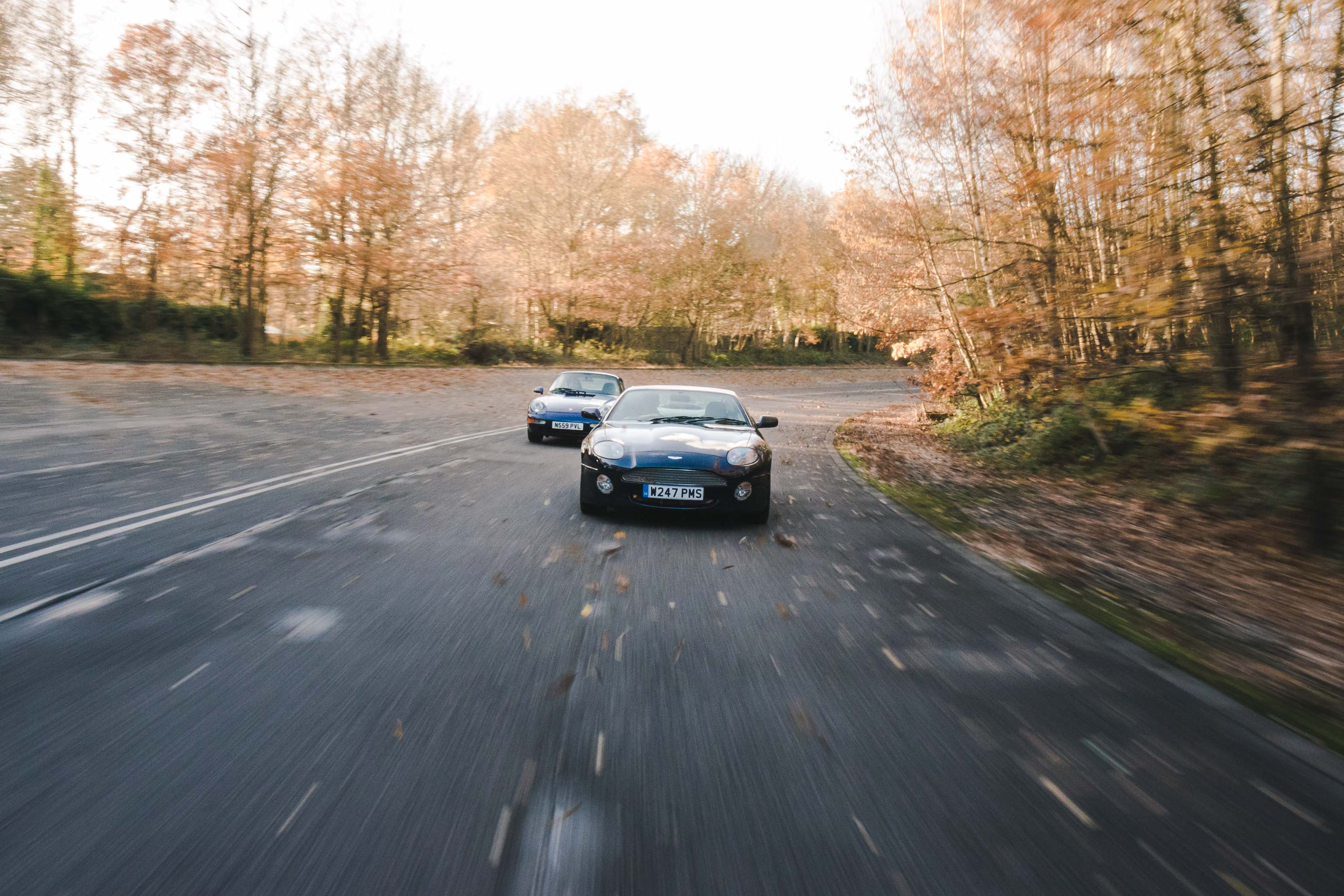
Build quality on the 993 is legendary – The Porsche Club of Great Britain report that some cars have done 200K miles without major engine work – but, while it was Stuttgart’s finest engineering, the exterior styling was penned by a Brit, Tony Hatter. The 993 was the last 911 to be powered by an air-cooled flat 6 – the famous Megzer unit tracing its lineage back to 1963 – and, although intended as a stop-gap while Porsche developed the Boxster and the 996, the 993 succeeded far beyond its original brief.
Now seen as a purists’ Nirvana the 993 managed to tame the famed lift-off oversteer that some earlier 911s were known for, by introducing a new multi-link rear suspension. The driving experience is unique, with offset pedals in the right-hand drive cars and stalks and switches in seemingly odd places, the 993 is a car that demands you accommodate it, rather than it adapting to you. If you adapt though the, sometimes quite physical, driving experience is 911 heaven.
As with most 911s multiple model variants came out through the years; it was available with a six-speed manual or a Tiptronic gearbox but the trade-off for buttons on the steering wheel is a slightly dulled pace, due to the fitment of a torque converter. With the Turbo, Turbo S and the race-orientated GT2 now mainly being collectors’ items (such is the rarity and esteem the model is held in GT2s are now worth well north of the £1 million mark) the standard 993s, though not cheap, are probably the best buys.
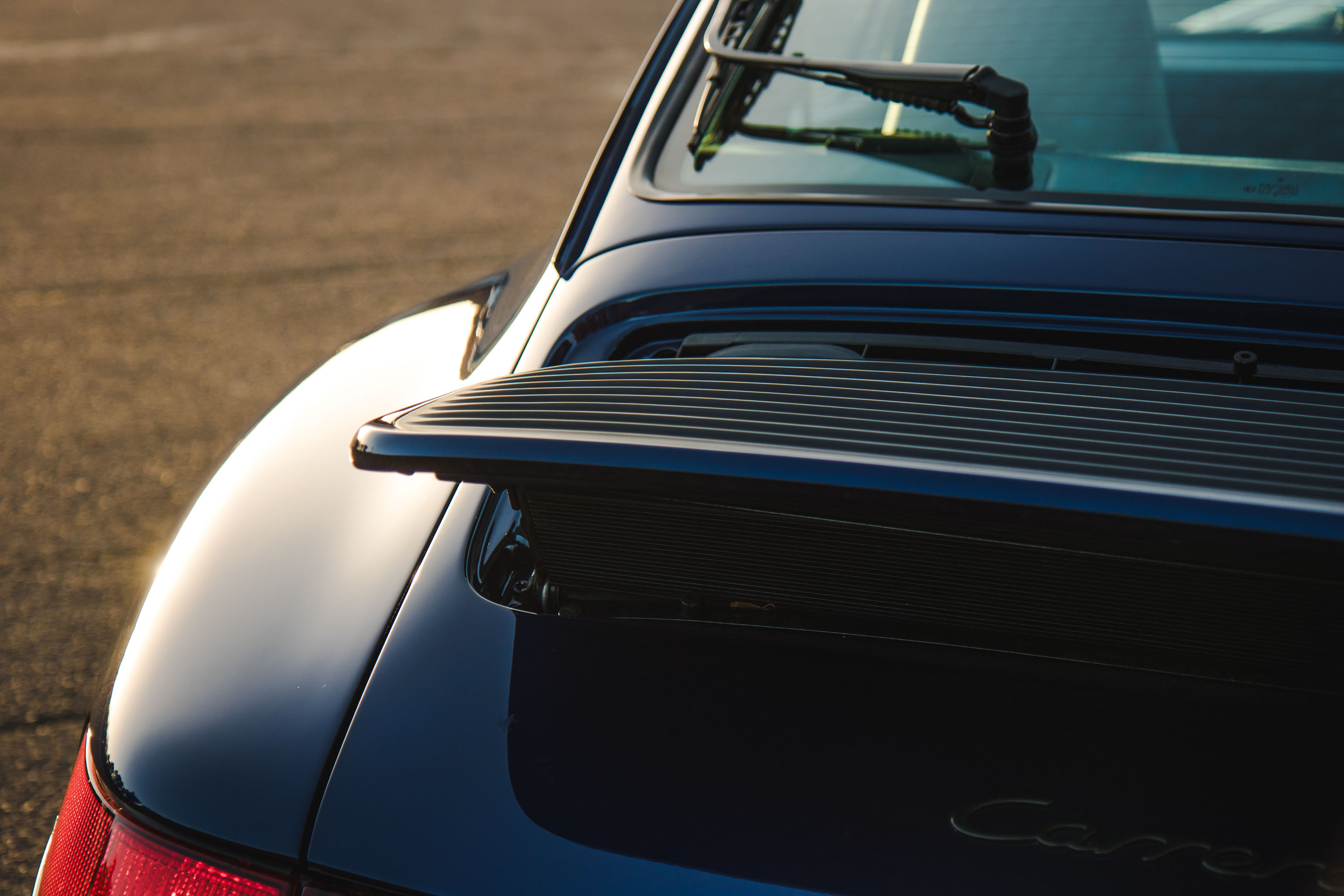
Mike Ashgood from Ashgood Porsche has had all variants of the 993 through his hands and raves about them. “The 993 gives you the best of both worlds; classic feel and looks but with air con that works! It’s the bridge between classic and modern 911s and, even in coupe 2WD form, as in this film, its 285hp still feels plenty for today’s driving. As a 2+2 coupe it even fits adults in the back”, he adds, “though only for short journeys.” The beautiful Iris Blue 993 Carrera 2 with extensive options in this film is for sale with Ashgood Porsche for £59,995.
While never exactly direct rivals the two cars offer an interesting view on the world 25 years ago. While Aston was modernising and making a GT at a more affordable price point – trying to bring the brand within touching distance of more people, while remaining aspirational – Buckingham Palace was opening its doors to the public for the first time.
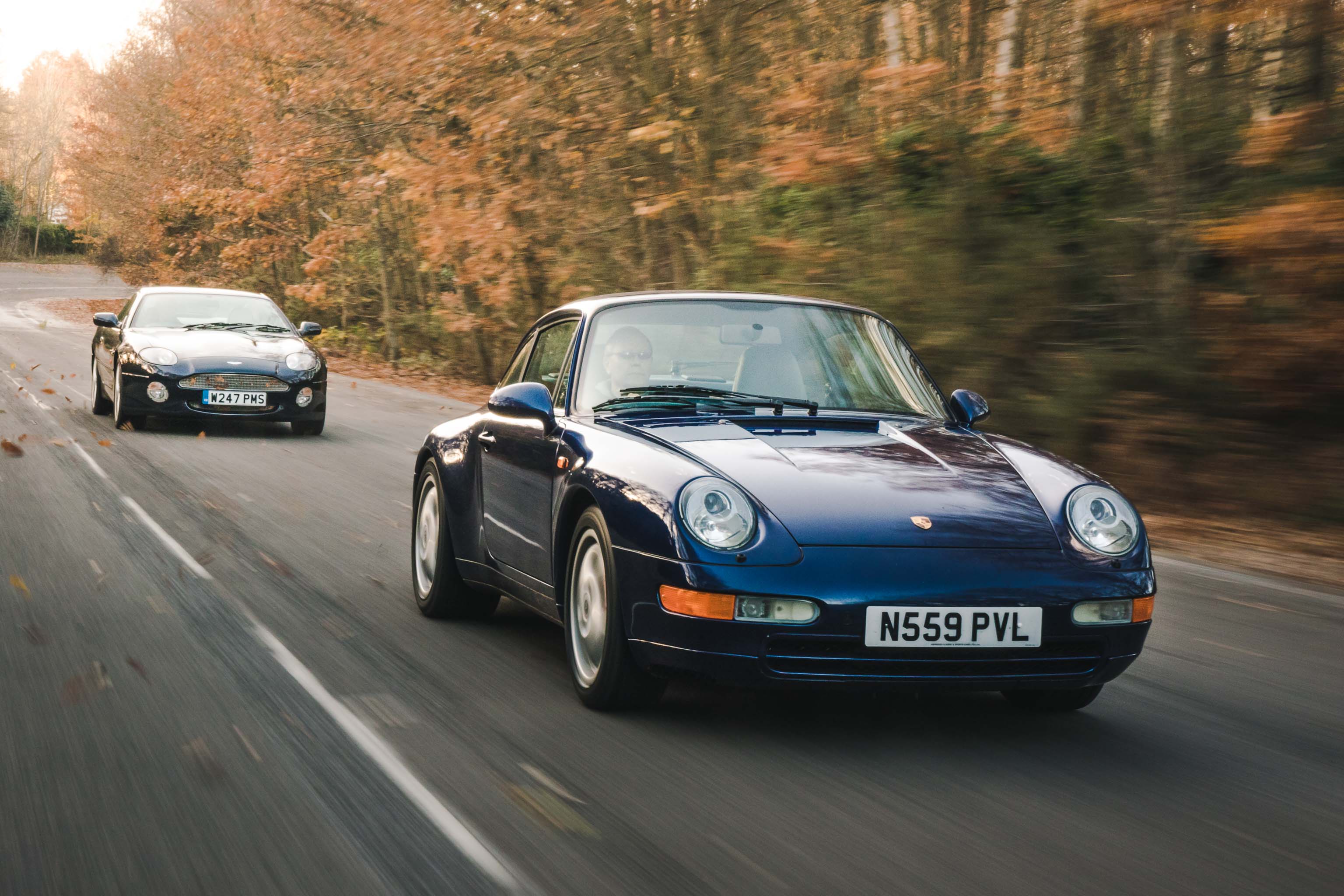
Similarly, as Porsche launched the ‘crossover’ 911 model, spanning the gap between 964 and 996 iterations, the NeXT machine at CERN put the World Wide Web software into the public domain for the first time. The 993 is, in 911 terms, perhaps the last vestiges of an older, simpler, more analogue time; when things were truly built to last; before electronics took over every aspect of our motoring lives and upgrading your sportscar meant buying some new tyres not downloading new engine maps.
With the relentless pace of change being what it is both of these 25-year-old cars can at once be called modern and classic, and either delivers a slice of motoring history; icons of their time and, probably, icons for all time.
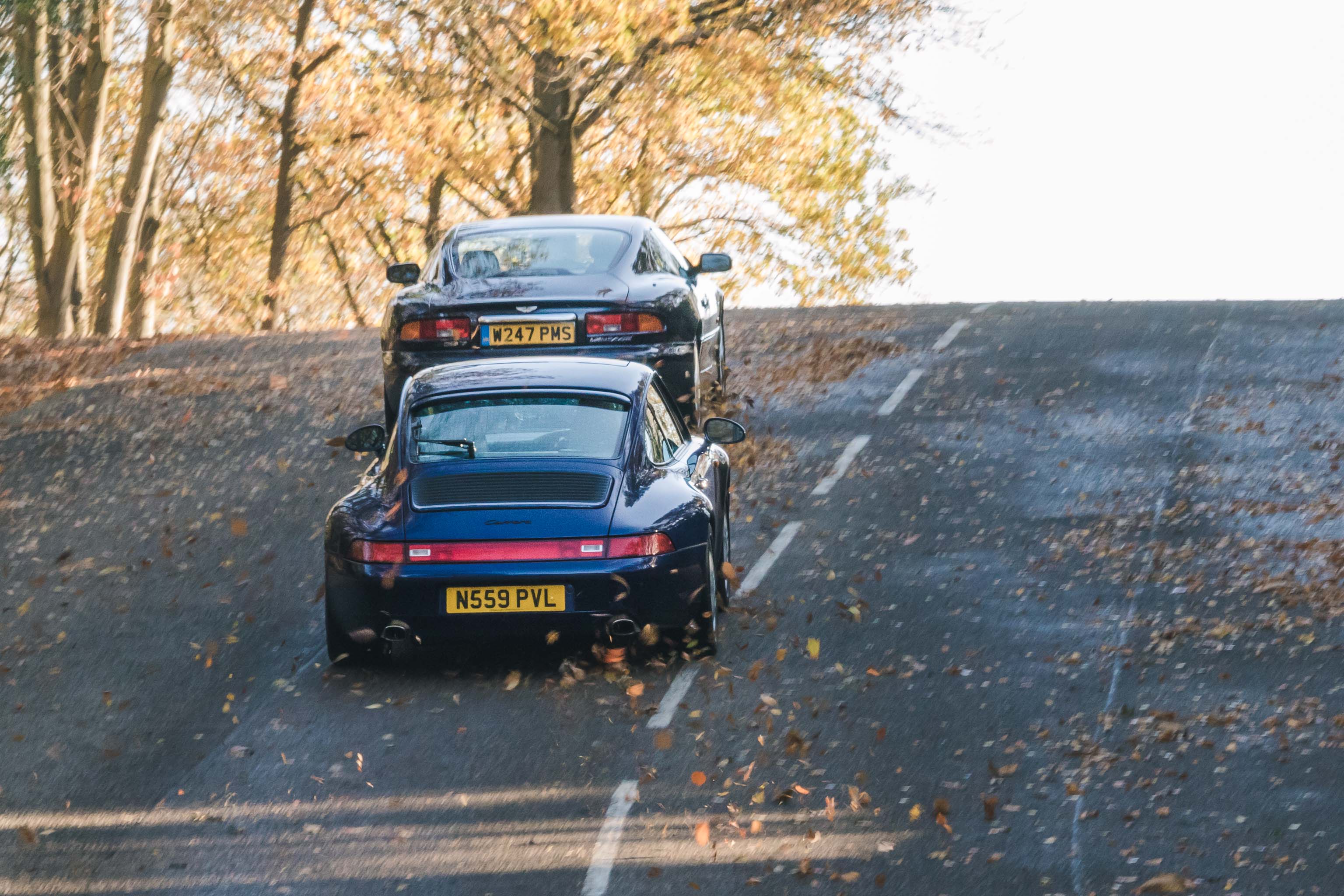
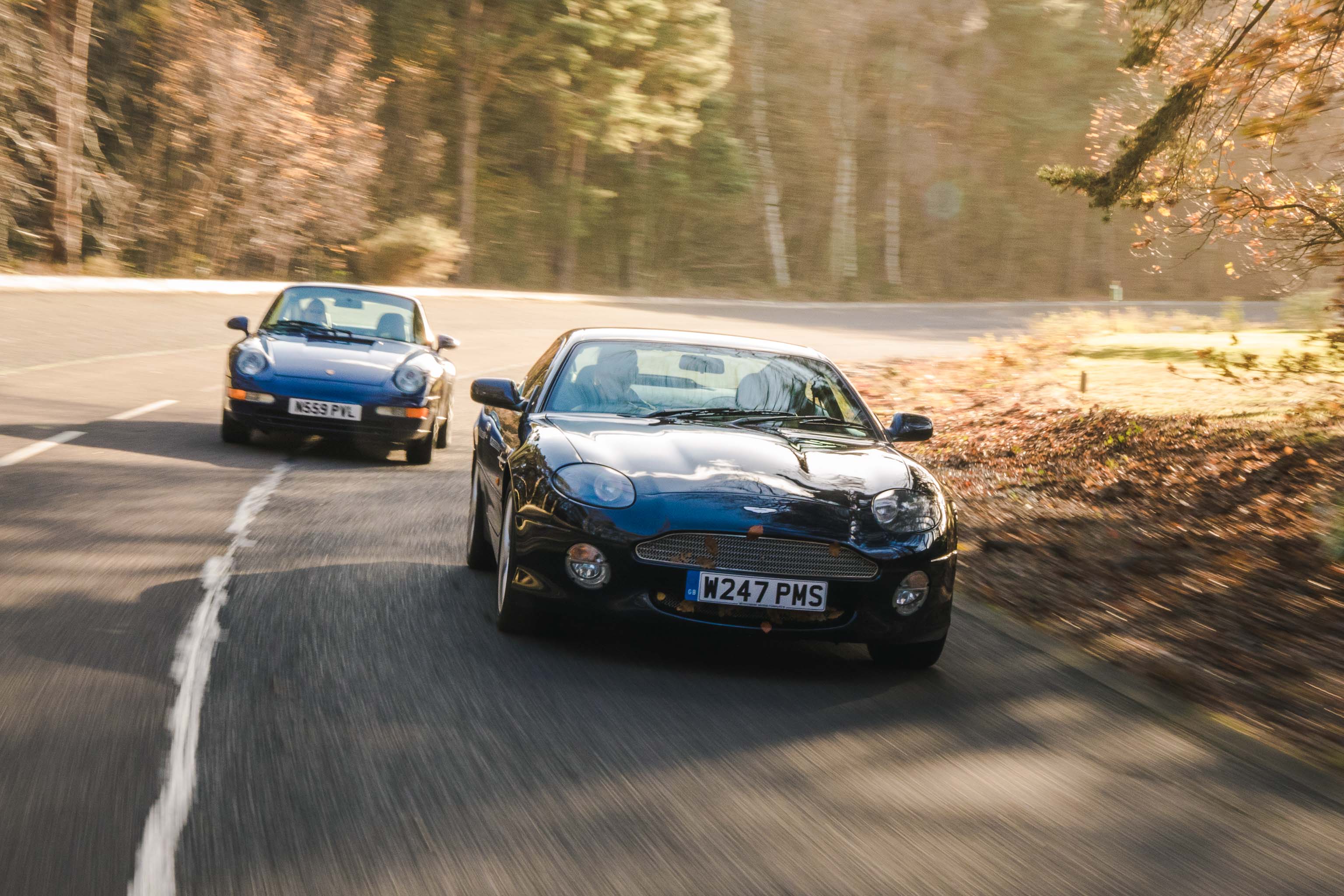
Photography: Daniel Barnett
CLICK TO ENLARGE






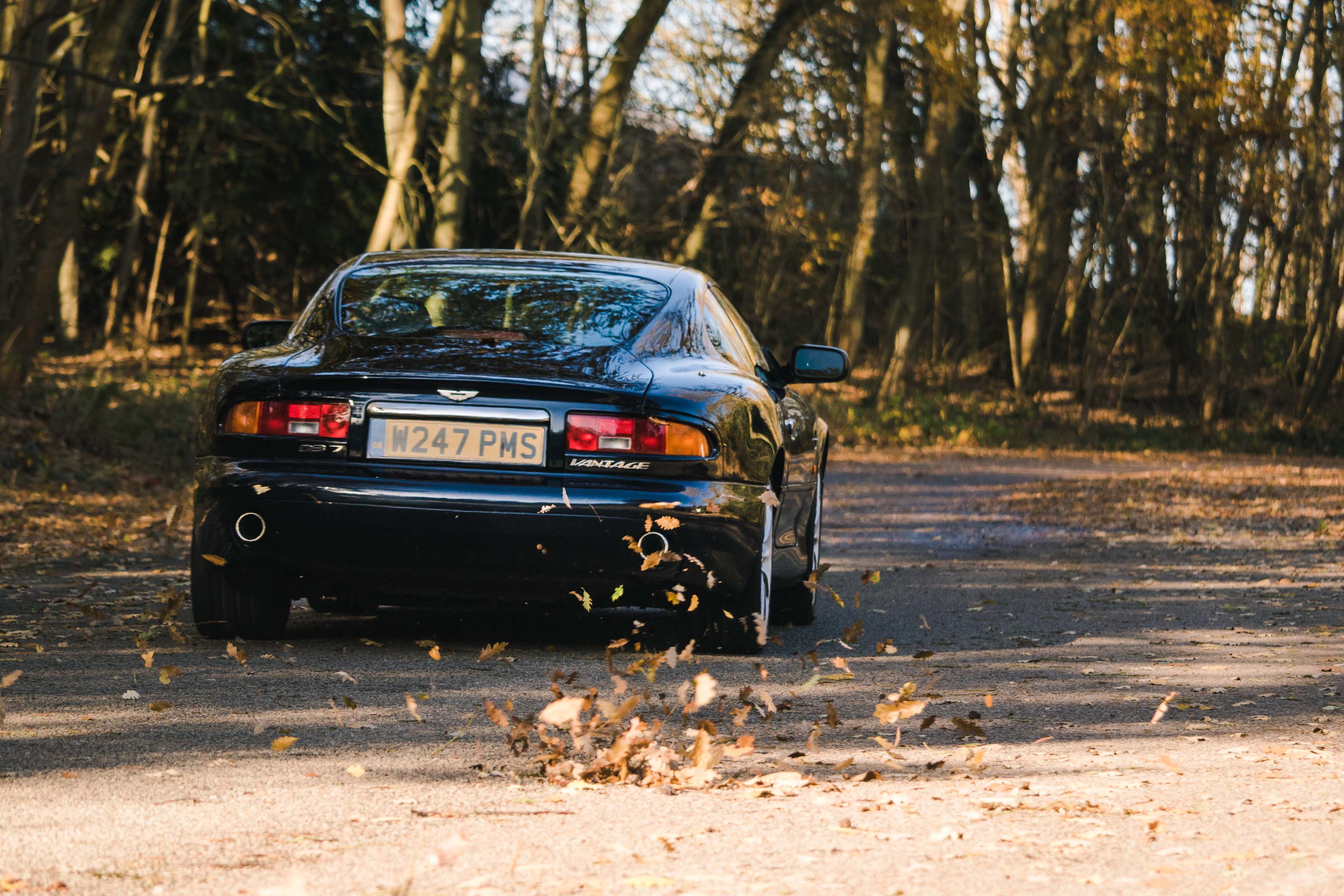




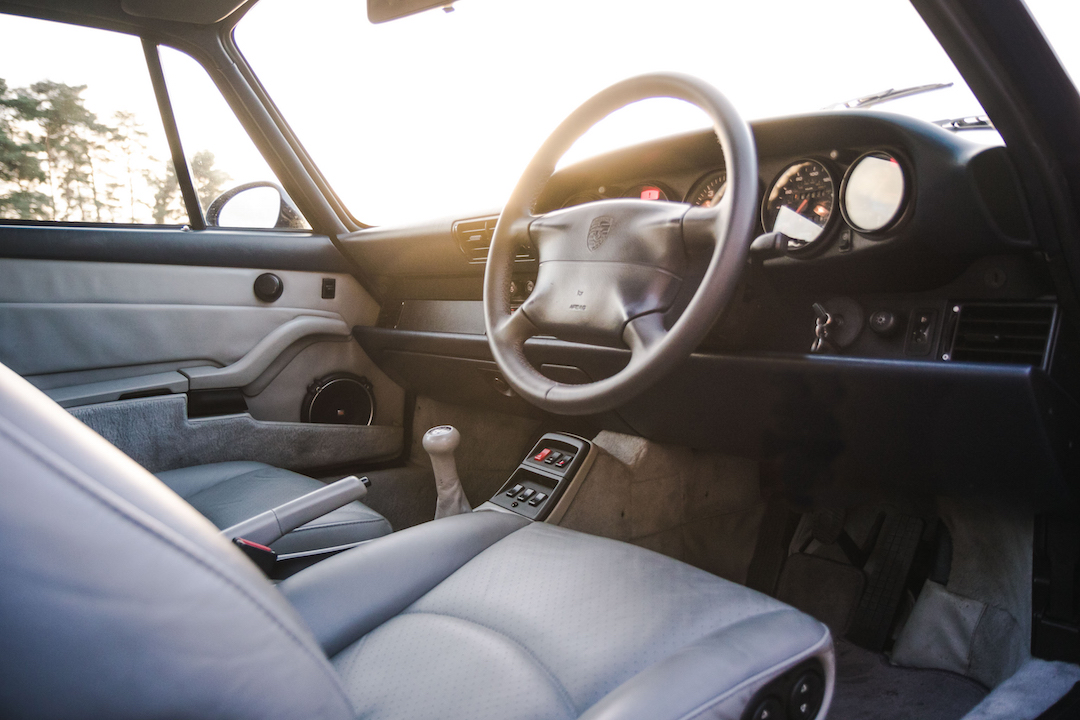










The Aston every time; the 993 is just a highly developed VW beetle.
The Aston was known as the jag in drag by Newport Pagnell; it’s just a rebodied XJS wjth two Mondeo motors
Aston Martin for me. Porsche has no class
Had two 993s and still got one.. I live near Magurks in Gaydon He deals in astons Was thinking of pexing my 993 for one.. Went and test drove it.. was a V8… They sound Brilliant but stuck with the Porsche…. We are talking reliability here and running costs Porsche trumps it every which way